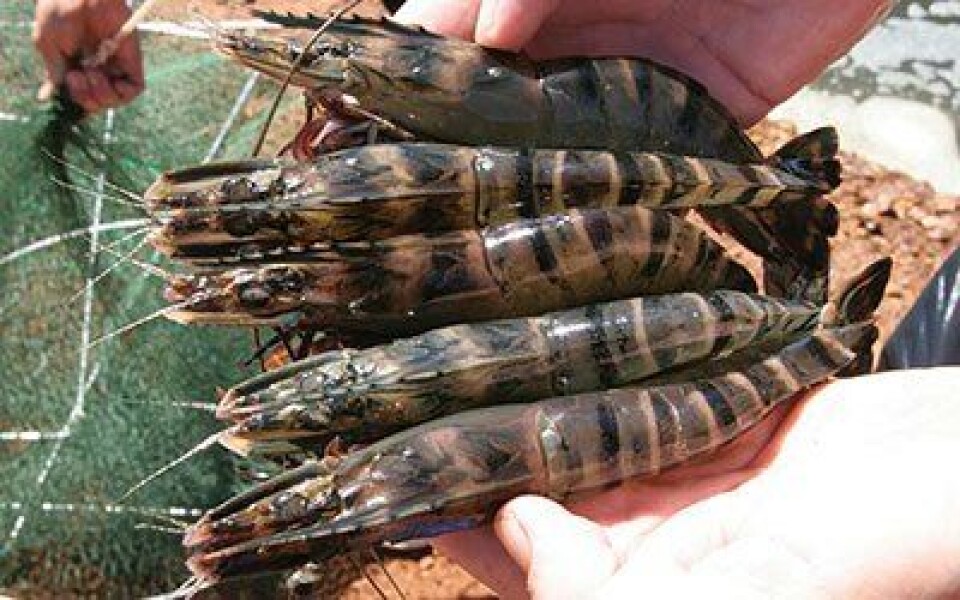
World’s biggest prawn farm moves a step closer
Plans for the world’s largest integrated prawn farm moved another stage closer to fruition after environmental authorities recommended approval for its breeding facilities.
Seafarms Group’s £1 billion Project Sea Dragon in the Australian state of Northern Territories is a staged development of up to 10,000 hectares of produce ponds, plus genetics, breeding program and multiplication centre, hatchery, feed mill, grow out ponds, and harvesting and processing facilities. The development will have the overall capacity to produce more than 100,000 tonnes of black tiger prawns a year and is expected to employ 1,500 people.
The Northern Territory Environment Protection Authority (NT EPA) recommended approval on Monday of Project Sea Dragon’s proposal to build and operate a Core Breeding Centre (CBC) and Broodstock Maturation Centre (BMC) at Point Ceylon, 30 miles southwest of Darwin.
The CBC is for the development, production and selection of high performing prawn stock, which would then be transferred to the BMC to produce commercial numbers of broodstock for use in a hatchery. Prawns from the hatchery would then be transported to the proposed grow-out facility at Legune Station that the NT EPA recently recommended for environmental approval. Once built and operational, the Stage 1 Legune Grow-out Facility will produce 14,000 tonnes of black tiger prawns a year.

Environmental impacts
NT EPA chairman Dr Paul Vogel said that following an assessment of the proposal’s potential environmental impacts, the EPA believed the proposal can be managed in an acceptable manner subject to several recommendations. These include an enhanced water quality monitoring and management program, gaining an environmental protection license for any potential waste transfer stations or incinerators, putting in place Seafarms’ environmental management plan and submitting to an independent audit five years after the project commences.
“Project Sea Dragon will need to address each of these recommendations that include improved water quality management and monitoring,” Dr Vogel said. “The NT EPA considers that by maintaining marine and estuarine water quality, the project is unlikely to cause a significant impact to the ecosystem health of Bynoe Harbour, so that populations of threatened and migratory species such as cetaceans, marine turtles and dugong, as well as fish species targeted by recreational fishers can be maintained.
“Other recommendations include public availability of the Environmental Management Plan that comprises management strategies for erosion and sediment control, land and soils, acid sulfate soils, vegetation, weeds and pests, fauna, surface and ground water, waste, air and noise, effluent, hazardous materials, traffic, social impact, cultural heritage and decommissioning.”
The NT EPA’s Assessment has been provided to Australia’s Minister for Primary Industry and Resources who will decide whether to grant an aquaculture licence for the construction and operation of the CBC and BMC and if so, the conditions that should apply.
Viable aquaculture export industry
Dr Chris Mitchell, executive director of Western Australia-headquartered Seafarms Group, said protecting the environment is a core responsibility for the project. “This is the next step in establishing a viable new export industry in aquaculture for northern Australia,” he said.
The breeding and maturation centres at Point Ceylon already have a sacred sites clearance from the Aboriginal Protection Areas Authority. The company’s proposed production ponds at Legune Station, near the Western Australia border, still await Territory and Commonwealth ministerial approval and an indigenous land use agreement.
[embed]https://vimeo.com/145813298[/embed]






















































